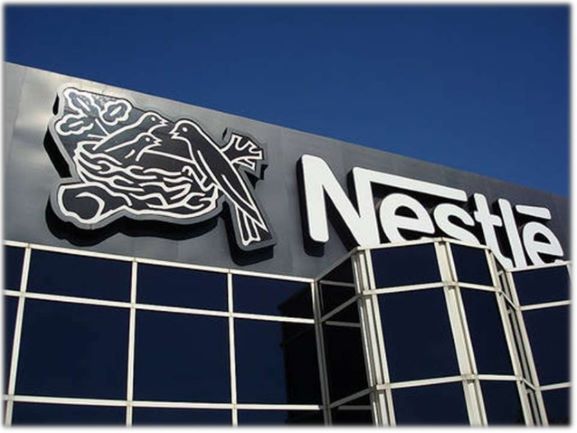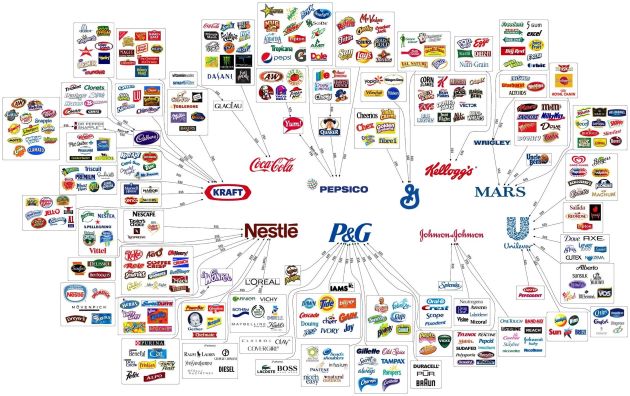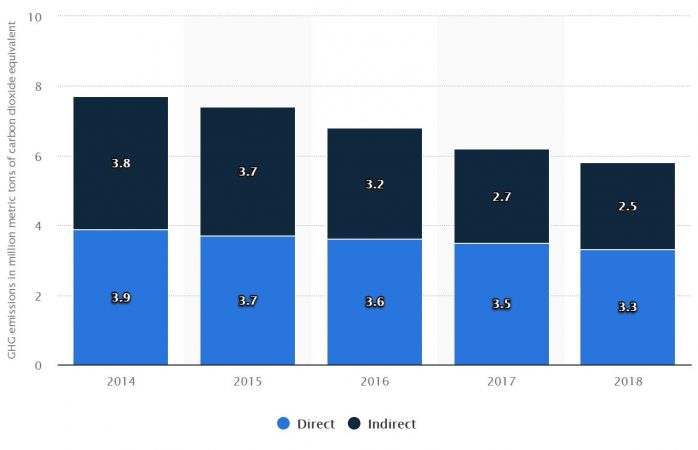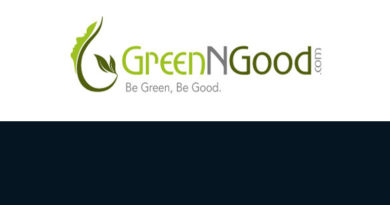Nestlé Pledges Net Zero Emissions by 2050; More is Needed

Swiss multinational food and drink processing conglomerate corporation, Nestle’ has announced that it will achieve net zero GHGs emissions by 2050. In the announcement made yesterday, the food giant added that their pledge ‘embraces the most ambitious aim pf Paris Agreement, to limit global temperature rise to 1.5 °C”.
According to the company, Nestle has ‘aligned its objectives with science-based targets to keep the temperature increase below 2°C. In the next two years, Nestle plans to layout a time-bound plan including interim targets consistent with the 1.5°C path and review its progress annually.
“Climate change is one of the biggest threats we face as a society. It is also one of the greatest risks to the future of our business,” said Mark Schneider, Nestlé CEO. “We are running out of time to avoid the worst effects of global warming. That is why we are setting a bolder ambition to reach a net-zero future. Deploying Nestlé’s global resources and industry know-how, we know we can make a difference at a significant scale. Our journey to net-zero has already started. Now, we are accelerating our efforts,” he added.
The company also noted its specific actions:
Speeding up the transformation of its products in line with consumer trends and choices. Nestlé plans to launch more products with better environmental footprint and nutrition. This includes more plant-based food and beverage options. Nestlé will also look to reformulate its products using more climate-friendly ingredients. Consumer demand for such products is rapidly increasing, and Nestlé’s core strategy is in line with this shift. The company is also moving to alternative packaging materials.
Scaling up initiatives in agriculture to absorb more carbon. Nestlé plans to strengthen its programs with farmers to restore land and limit greenhouse gas emissions. This includes improved management of its dairy supply chain. Nestlé will step up efforts to protect forests by replanting trees and enhancing biodiversity to build resilient agricultural communities.
Using 100% renewable electricity in Nestlé factories, warehouses, logistics and offices. A third of Nestlé factories (143) are already using 100% renewable electricity. Nestlé will continue to increase the use of energy from renewable sources. This will enable suppliers to invest in new infrastructures such as wind and solar farms.
The company claims that at its top 100 distribution centers, GHGs have decreased by close to 40% over the past four years and it has made significant progress toward its zero deforestation goal. Since 2014, the reduction of greenhouse gas emissions across its entire value chain is equivalent to taking 1.2 million cars off the road.

Our Take:
Though the food giant has made many good pledges for Net Zero emissions, its whole plan faults on the timeline which is 2050. This is 20 years extra than the anticipated 2030 which has been stated by the negotiators of the Paris Agreement. Since Nestle is one of the top 10 conglomerates in the world, if it reduced the timeframe to 2025-30, there will be a significant drop in its overall GHGs. In 2018, Nestle’s direct greenhouse gas emissions amounted to 3.3 million metric tons of carbon dioxide equivalents while the indirect emissions stood at 2.5 million metric tons of CO2.

The company in its pledges have missed a key ingredient of their products—Chocolate. Nestlé supplies its chocolate to more than 190 countries and it sold about US $ 6,135 Million of net confectiondery in sales, while it sourced Cocoa close to 200,000 tonnes in 2018. Cocoa comes under the raw material category and intensive large scale cocoa production has been found to impact biodiversity and soil fertility and is linked with deforestation along with soil erosion, health and environmental problems due to agrochemical application and run-off.
Countries like Brazil, Cameroon, Colombia, Côte d’Ivoire, Dominican Republic, Ecuador, Ghana, Indonesia, Mexico, Nigeria, Venezuela are major source of cocoa for Nestlé. Reports of Deforestation linked production and child labor has so far mired the company’s image. For example, in Côte d’Ivoire’s Southwest cocoa heartland alone, deforestation of 13,748 ha in 2018 was recorded, equivalent to 15,000 football fields, not much less than the 21,000 football fields recorded in 2017.
There is also no mention of reducing the use of plastic in bottling water or any pledge to recycle the bottles after use. This also needs some attention due to the mounting plastic problem. Nestlé produces or uses 1.7m tonnes of plastic a year, less than Coca-Cola’s 3m tonnes but far more than the 610,000 tonnes of Unilever, which has made a similar pledge to achieve net-zero emissions by 2050.
Therefore, more needs to be done by Nestle’ and in a smaller time frame, so that the impact on climate change can be understood and mitigated before it becomes too late.




